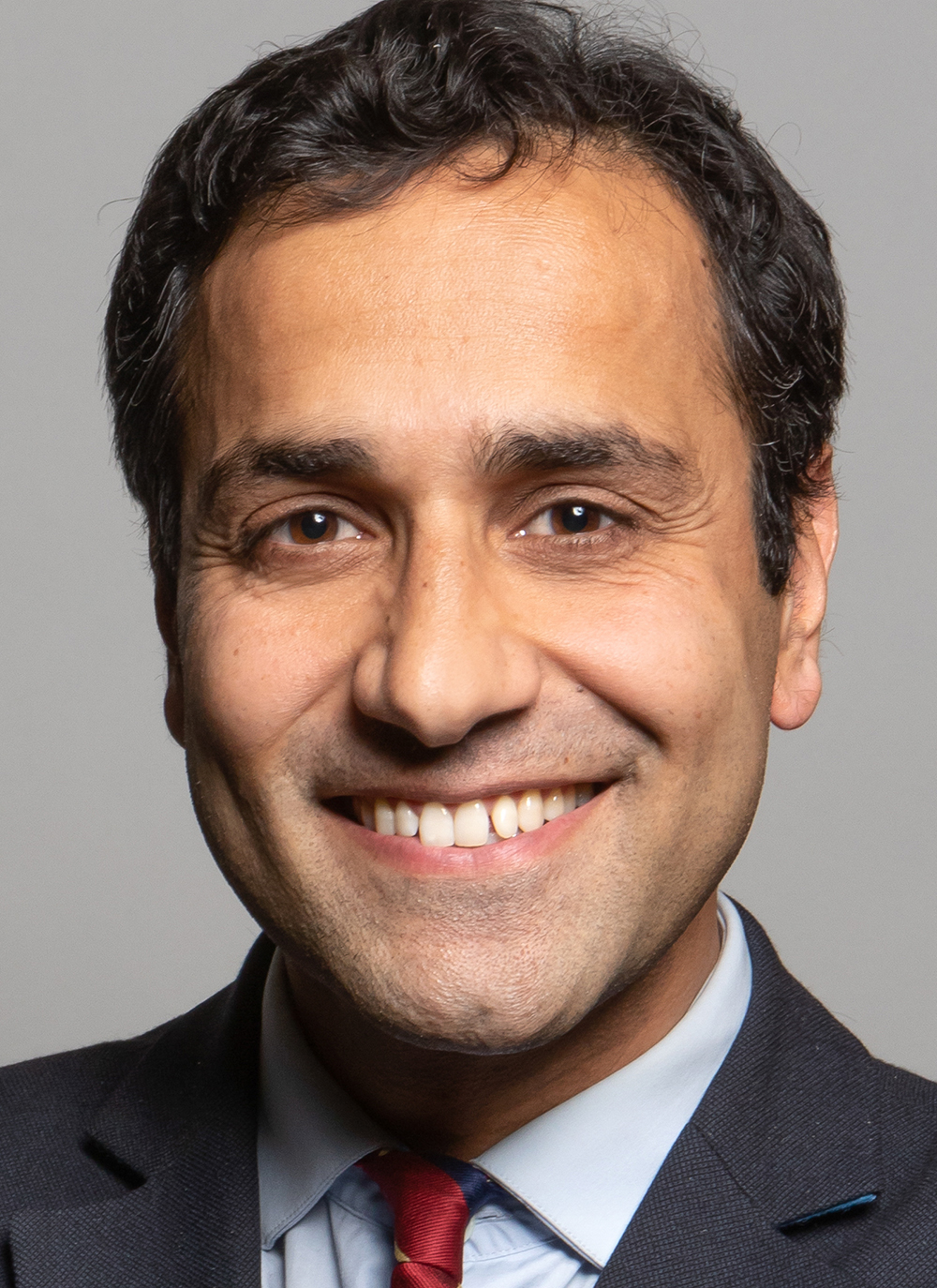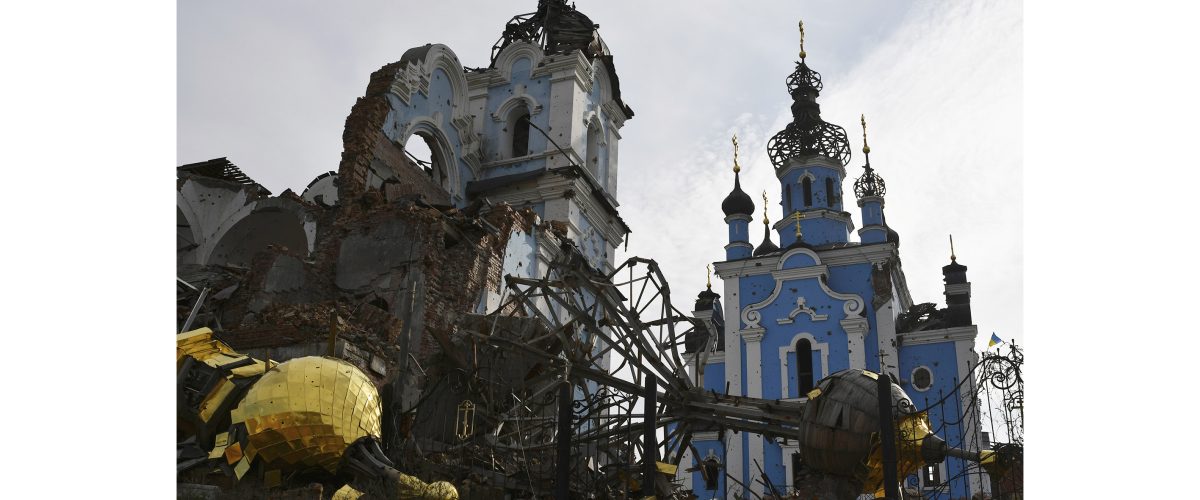Putin’s war machine understands the power of faith and has deliberately sought to destroy Ukrainian churches.
Both sides have relied upon Christian themes during the fighting — Putin to justify the unjustifiable and Zelensky to inspire the Ukrainian nation to stand firm in the face of overwhelming odds. However, destroying churches appears to be part of Putin’s strategy, silencing sanctuaries as Christmas approaches. Intentionally targeting sacred sites constitutes war crimes.

Rehman Chishti

Knox Thames
Throughout history, armies and terrorists have used the destruction of historic sites to strike fear in opponents and erase their cultural patrimony. The harm to heritage sites has enormous implications for the targeted communities, whose history is lost. Religious sites play central roles in a community’s collective identity. Sacred sites preserve culture, history and beliefs of individuals and nations, as well as provide places of worship and pilgrimage.
Evidence of Russian destruction of Ukrainian religious heritage is piling up, much like the rubble around destroyed religious sites. As of November 2022, UNESCO has verified damage to 92 sacred sites. While significant, Yale University’s Conflict Observatory and the Smithsonian Institution documented many more damaged religious sites in Ukraine. According to their research, Russia has damaged or destroyed 500 religious sites, roughly one-third of all cultural sites hit during the war.
“Russia bombing churches because they don’t like Ukraine is blatantly illegal.”
While this list continues to grow, one thing is clear: Russia bombing churches because they don’t like Ukraine is blatantly illegal. International treaties signed by both Russia and Ukraine obligate them to “respect” and “safeguard” cultural property during conflict, including religious sites. The basic rule is simple: don’t destroy heritage sites unless militarily necessary during active hostilities.
Russia is doing the opposite. A recent report by Ukraine’s Institute for Religious Freedom found that “Russia is destroying the spiritual heritage of Ukraine with missile attacks, shelling and looting of religious buildings without justification by military necessity.” It documented that the “largest number of churches, mosques and synagogues (were) destroyed in Donetsk region, especially in the nearly totally destroyed city of Mariupol. Second in terms of the number of ruined religious buildings is Kyiv region.”
In response to the destruction, 27 countries issued a statement at the London religious freedom summit criticizing the “devastating impact of Russia’s invasion on religious cultural heritage in Ukraine” and urged for “measures to hold those responsible for these violations to account.” And on Nov. 30, the European Union called for a special United Nations tribunal “to investigate and prosecute Russia’s crime of aggression” but did not mention destruction of cultural heritage.
“The list of damaged or destroyed churches makes clear Russia’s intent.”
The list of damaged or destroyed churches makes clear Russia’s intent: Church of the Resurrection of Christ, Church of the Nativity of the Blessed Virgin Mary, Church of Saints Elijah and Apostle Andrew the First-Called, Holy Ascension Cathedral, Church of the Cross, Church of the Transfiguration, and many others. According to the Institute for Religious Freedom, the majority of damaged churches belong to Moscow Patriarch’s Ukrainian Orthodox denomination, as well as Catholic, Protestant, Jewish and Muslim sites.
The United States and the United Kingdom, along with international partners, have provided Ukraine with military equipment and economic aid, while working diplomatically on sanctions to cut off Putin from global trade. In addition to the list of challenges, we must also help Ukraine protect its cultural heritage, churches and sacred sites. Allies can ensure accountability by collecting evidence to prosecute war crimes relating to heritage destruction. In addition, we also can aid impacted religious communities with the resources and expertise to rebuild their religious sites and protect others from future harm.
Churches and places of worship should be sanctuaries of peace, especially during Christmas. Consequently, their destruction creates deep scars slow to heal. Benedictine Sister Faustina Kovalska, when returning to her liberated village of Kyselivka, said as much about her destroyed parish. “When we arrived at the site, we saw a heap of rubble.” In mourning what was lost, she added, “You immediately realize that evil does not love what is sacred. … This evil gets stuck into our soil and destroys everything.”
While Russia tries to freeze Ukraine to death this winter by striking Ukraine’s electrical grid, another Russian assault seeks to freeze Ukraine spiritually by destroying religious sites. Such actions will make durable peace harder to come.
We cannot allow Russia to destroy Ukraine’s sacred and holy places. Saving Ukraine but losing its historic monuments to faith would leave deep scars and damage Ukraine’s rich cultural and spiritual inheritance.
Rehman Chishti is a member of the British Parliament (representing Gillingham & Rainham) and is the former UK Prime Minister’s Special Envoy on Freedom of Religion or Belief. Knox Thames served as the U.S. Special Advisor on Religious Minorities at the State Department during the Obama and Trump administrations. This article originally appeared in the Kyiv Post.
Related articles:
Religious liberty in Ukraine is ‘doomed’ if Russian invasion succeeds


